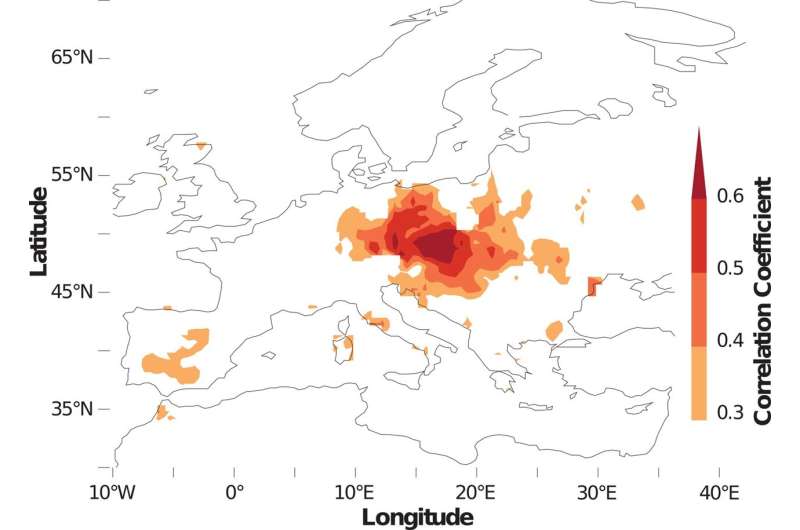They developed a distinctive type of bison hunting, chasing the animals on foot.
“This creates a huge transformation in labor, in how work was organized and the sheer amount of work required in processing animals,” he said.
The changes also made the region advantageous for a particular kind of warfare. The borderland area was full of tribes unrelated to one another, and whose cultures involved captive raiding—replacing tribal members lost to disease or warfare by taking captives from another tribe, Morrissey said.
Tallgrass prairies’ ecological history
Slavery, war and empire based on bison hunting by chasing the animals on foot. Wow, that is a history I didn’t know about. Climate change helped create it and destroy it. The video covers a lot of ground.

Hakenbeck said, “Climate alters what environments can provide and this can lead people to make decisions that affect their economy, and their social and political organization. Such decisions are not straightforwardly rational, nor are their consequences necessarily successful in the long term.”
“This example from history shows that people respond to climate stress in complex and unpredictable ways, and that short-term solutions can have negative consequences in the long term.”
By the 450s CE, just a few decades of their appearance in central Europe, the Huns had disappeared. Attila himself died in 453 CE.
Drought encouraged Attila’s Huns to attack the Roman empire
Likewise, climate change did similar things to the Huns.
It is amazing how small changes lead to big results that we know so little about. The current climate crisis does not bode well.